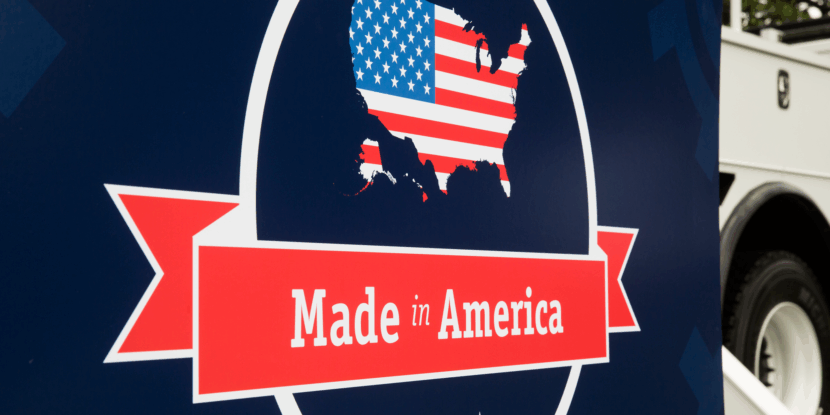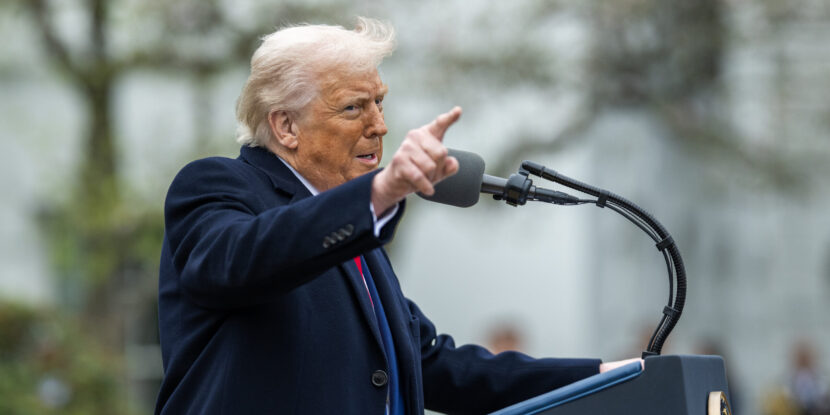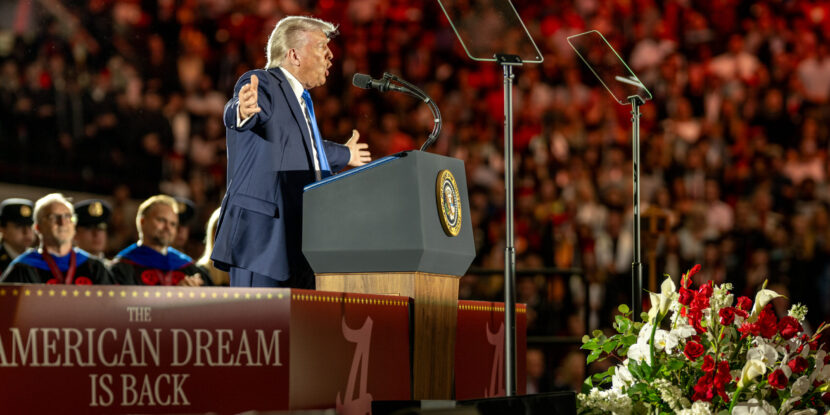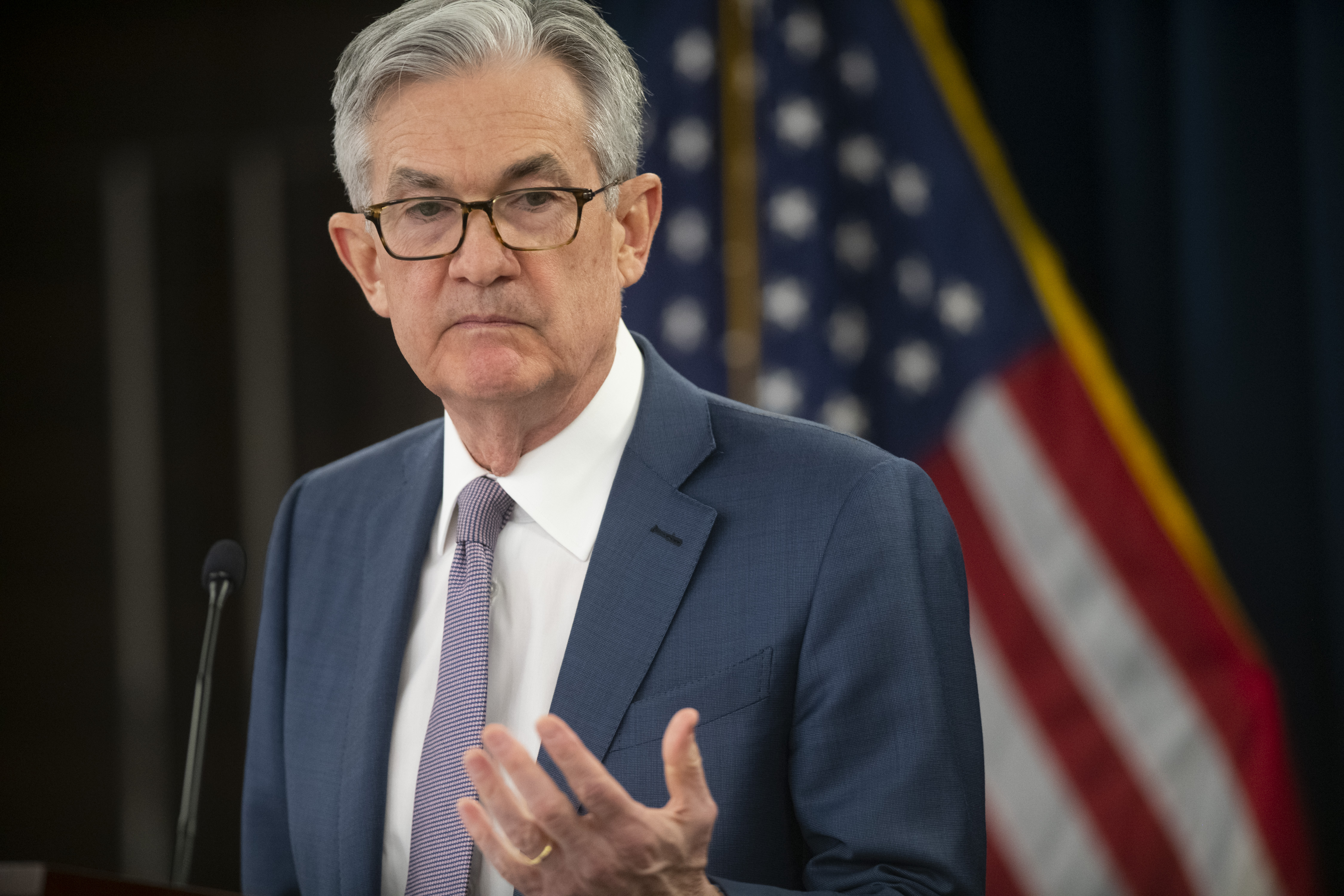
PULSE POINTS:
❓What Happened: Protests erupted in China after factory closures linked to President Donald J. Trump’s 145 percent tariff on Chinese goods.
👥 Who’s Involved: Chinese factory and construction workers, President Trump, U.S. Treasury Secretary Scott Bessent, and China’s Commerce Ministry.
Your free, daily feed from The National Pulse.
📍 Where & When: Protests took place in Suining, Sichuan province, Hunan province, and Inner Mongolia, with workers complaining they have not been paid since the beginning of the year.
💬 Key Quote: President Trump has stated he will “lower” the tariff on China “at some point,” but for now the trade duties will remain in effect.
⚠️ Impact: The tariff has put approximately 16 million Chinese jobs at risk, leading to significant unrest among Chinese workers.
IN FULL:
Protests have erupted across China following the shutdown of several factories, a consequence of President Donald J. Trump’s 145 percent tariff on Chinese goods. The unrest has seen workers in various regions of China, including Suining in Sichuan province, Hunan province, and Inner Mongolia, take to the streets demanding unpaid wages and benefits.
The turmoil began when factory workers at an electronics plant in Suining protested over not receiving their pay. Similarly, hundreds of employees at Guangxin Sports Goods in Hunan province went on strike after the factory closed without settling wages or Social Security benefits. In Inner Mongolia, construction workers resorted to threatening suicide over unpaid dues, highlighting the severe financial strain faced by many.
The Chinese manufacturing sector is feeling the pinch as the government grapples with President Trump’s tariffs, which are intended to rebalance global trade in favor of American workers who have been undercut by China’s comparatively low pay and underhanded tactics such as currency manipulation. The manufacturing purchasing managers’ index reveals that new export orders in China have plummeted to their lowest since the COVID-19 pandemic, with manufacturing job numbers similarly declining to levels not seen since February 2024.
China’s National Bureau of Statistics attributes the downturn to “sharp changes in the external environment.” An estimated 16 million jobs across various Chinese industries are now at risk due to the tariffs.
In response, China has made moves to alleviate the economic strain by exempting approximately $40 billion worth of U.S. imports from its own 125 percent retaliatory tariffs. Despite ongoing behind-the-scenes discussions, formal trade negotiations between the U.S. and China have yet to materialize. President Trump, speaking on NBC’s Meet the Press, has expressed a willingness to “lower” the tariffs eventually, noting that China is eager to continue business.
U.S. Treasury Secretary Scott Bessent has remarked that the trade war is “not sustainable on the Chinese side,” suggesting that the Chinese economy is already experiencing significant slowdowns. Meanwhile, companies are investing substantially in making products in America, so they will not be subject to import duties.

The Department of Homeland Security (DHS) is offering free flights and a $1,000 stipend to illegal aliens who voluntarily leave the U.S. — a self-deportation program the agency says costs far less than traditional deportation.
The details: The program requires illegal aliens to register for self-deportation through the CBP Home App, and they only receive their stipend once it is verified that they have returned to their home country.
Your free, daily feed from The National Pulse.
- President Trump told the press: “We’re gonna get them a beautiful flight back to where they came from.”
Cost savings: DHS says it currently costs the American taxpayer over $17,000 to arrest, detain, and deport a single illegal alien. Under this new, self-deportation program, it costs around $4,500—a 70 percent savings.
- White House Deputy Chief of Staff Stephen Miller added on X: “The savings are as much as $1 million per illegal alien family given the long-term costs of free welfare and public support.”
What the left is saying: Pro-illegal groups are denouncing the plan and urging illegals to reject the offer. One activist, Aaron Reichlin, said: “This option might be WORSE… it would abandon clear options for staying.”
Zoom out: The plan is reminiscent of Trump’s effort to reduce the federal workforce by offering buyouts to government workers who voluntarily resigned, ultimately leading to 77,000 resignations. Pay a little up-front for long-term savings.
The last word goes to President Trump, who warned that those who do not take this offer “are going to be taken out of our country… And they will never get a path to come back in.”
Be sure to subscribe to the Wake Up Right newsletter!
show less
The Department of Homeland Security (DHS) is offering free flights and a $1,000 stipend to illegal aliens who voluntarily leave the U.S. — a self-deportation program the agency says costs far less than traditional deportation. show more

PULSE POINTS:
❓What Happened: U.S. tariffs have led to increased demand for American-made goods as companies bring production back to the U.S. This boost has been felt especially among smaller manufacturers.
👥 Who’s Involved: President Donald J. Trump, U.S. manufacturers like Jergens Inc., Grand River Rubber & Plastics, SafeSource Direct, AccuRounds, Whirlpool, and Excel Dryer.
Your free, daily feed from The National Pulse.
📍 Where & When: Various U.S. locations, including Ohio, Illinois, Massachusetts, and Michigan, over recent weeks.
💬 Key Quote: “We are swamped. We are running 24 hours a day, seven days a week in both Chicago and Cleveland,” said Jack Schron, president of Jergens Inc.
⚠️ Impact: Smaller U.S. manufacturers are experiencing increased demand and potential growth, as tariffs level the playing field against foreign competitors.
IN FULL:
President Donald J. Trump‘s administration continues to push for a resurgence in American manufacturing, with recent tariffs boosting demand for American-made goods. This shift particularly benefits smaller domestic manufacturers as more companies decide to onshore production.
“We are swamped. We are running 24 hours a day, seven days a week in both Chicago and Cleveland,” says Jack Schron, president of Jergens Inc. The company is known for producing heavy-duty power and industrial tools, including industrial screwdrivers, clamps, and hoists. Schron added that his facilities are “going like gangbusters” to meet demand.
In Ohio, Donny Chaplin, president of Grand River Rubber & Plastics, has observed a notable increase in inquiries and orders. Some former clients, who had previously switched to Chinese suppliers, are returning to Grand River for rubber gaskets. New business from oil filter manufacturers seeking to move away from China could potentially bring in $5 million annually, driving the need for expansion and additional hires.
The tariffs have become a vital lifeline for companies that emerged during the pandemic to produce personal protective equipment. Alan Rust, chief growth officer for SafeSource Direct, noted a significant rise in inquiries as new tariffs on Chinese rubber gloves have doubled prices, prompting businesses to seek alternative sources.
Massachusetts-based AccuRounds is experiencing a similar uptick, with employees working overtime to fulfill rising orders for steel components. CEO Michael Tamasi revealed a 20 percent increase in first-quarter sales compared to the previous year.
Whirlpool, a Michigan-based appliance manufacturer, is optimistic about the recent tariffs on imported appliances. CEO Marc Bitzer believes these measures will help close the price gap created by Asian competitors who benefit from cheaper components and steel.
Excel Dryer in Massachusetts is also reaping the benefits of the tariffs. Chief Operating Officer William Gagnon credits the import taxes with improving production location decisions and enhancing competitiveness against cheaper foreign copies.
show less

 1 month ago
4
1 month ago
4








 English (US) ·
English (US) ·